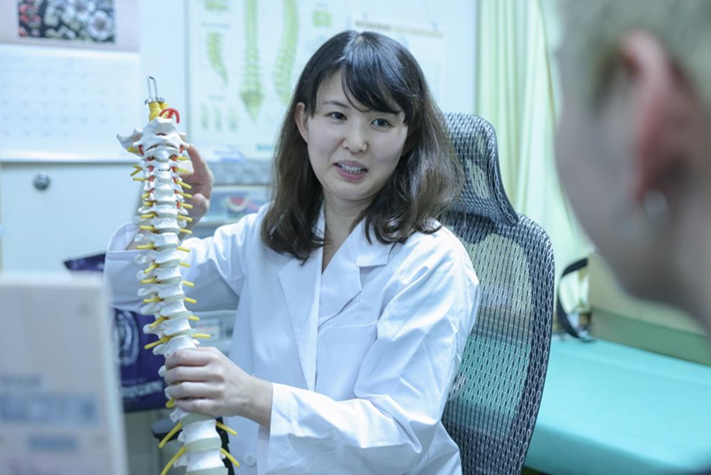What is World Spine Day?
Every year on October 16, World Spine Day takes place as part of Bone and Joint Decade Action Week. The World Federation of Chiropractic formally established it in 2012 to increase awareness regarding spinal health and related problems like spinal cord injuries. To do this, people from all over the world participate in educational programs to further their understanding of back and neck discomfort.
Importance of World Spine Day
The spine is the body’s backbone and the main structural support for movements, including bending, twisting, sitting, standing, and walking. The efficiency of a person’s daily activities and lifestyle are affected by their spine’s health.
Spinal disorders like spinal cord injury can cause excruciating back pain and other problems, negatively affecting an individual's quality of life. Any age group, gender, or race can be influenced and tormented by untreated spine disorders.
World Spine Day plays a significant part in promoting a healthy spine and fighting ongoing issues with spinal health. This event also helps remind researchers about the significance of developing treatments for spinal disorders.
Spinal Cord Injury: A Severe Spinal Disorder With Limited Treatments
A serious spine disorder that can potentially be life-threatening is spinal cord injury (SCI). About 12,000–20,000 Americans annually sustain an SCI, mostly due to vehicle accidents and falls. SCI can cause loss of a person's sensory and motor function below the injury's level. Aside from this, affected individuals are two to five times more likely to die prematurely.
Today, there's no way to reverse spinal cord damage caused by SCI. Also, treatment options are limited and focus only on preventing further injuries. Researchers and health professionals worldwide are searching for ways to improve treatments and care for this spine disorder.
MEASSuRE Can Be a Useful Tool for Studying SCI
BMSEED's MEASSuRE (Micro Electrode Array Stretching Stimulating und Recording Equipment) is an innovative tool that can revolutionize how researchers study spinal cord injuries and their treatments. This cutting-edge device can mimic the biomechanics of an SCI in a controlled in-vitro environment while assessing the health and function of the neurons before and after the injury. These capabilities allow researchers to assess an SCI treatment faster and with fewer animals.
The MEASSuRE system combines three tools: a cell stretching device that mimics the injury, an electrophysiology data acquisition module to assess the cell’s health and function before and after the injury, and a live cell imaging system to visualize cells and cellular processes during the injury. The key to these unique capabilities of MEASSuRE is the proprietary stretchable microelectrode array (sMEA). At this time, BMSEED is the only company that offers stretchable microelectrodes for in vitro research applications.
Ways MEASSuRE Can Advance SCI Research
The MEASSuRE system could serve as a cost-effective and time-saving screening tool to assess the efficacy of drugs and other treatment strategies for SCI. Overall, this device could help researchers identify the most effective treatments for spinal cord injury, ultimately improving the lives of individuals with SCI.
Power Your Research With MEASSuRE
Besides spinal cord injury, MEASSuRE can power breakthroughs in traumatic brain injury and neurodegenerative diseases while minimizing animal use. This technology can also help further explore the cellular and molecular mechanisms of repeated concussions, ultimately leading to new therapies. Contact BMSEED to learn more about MEASSuRE.

